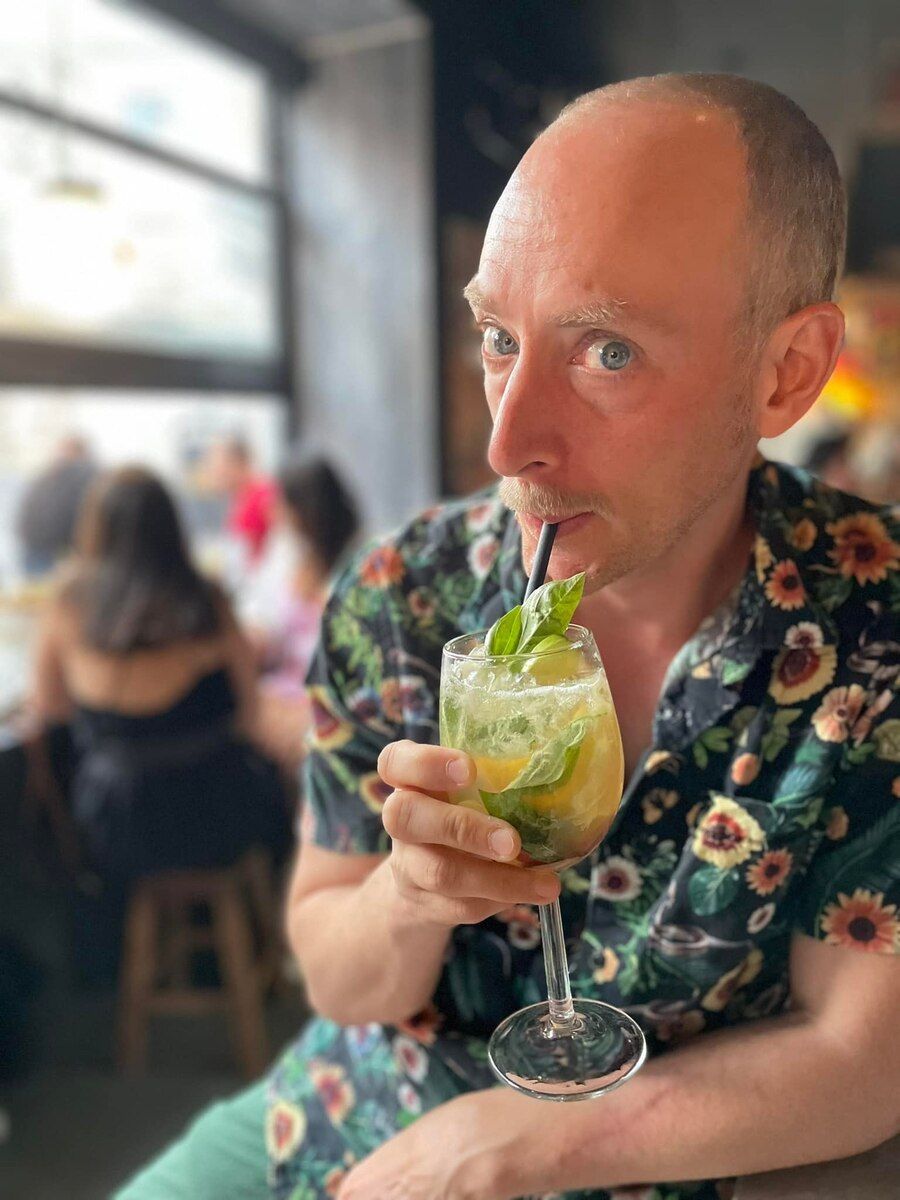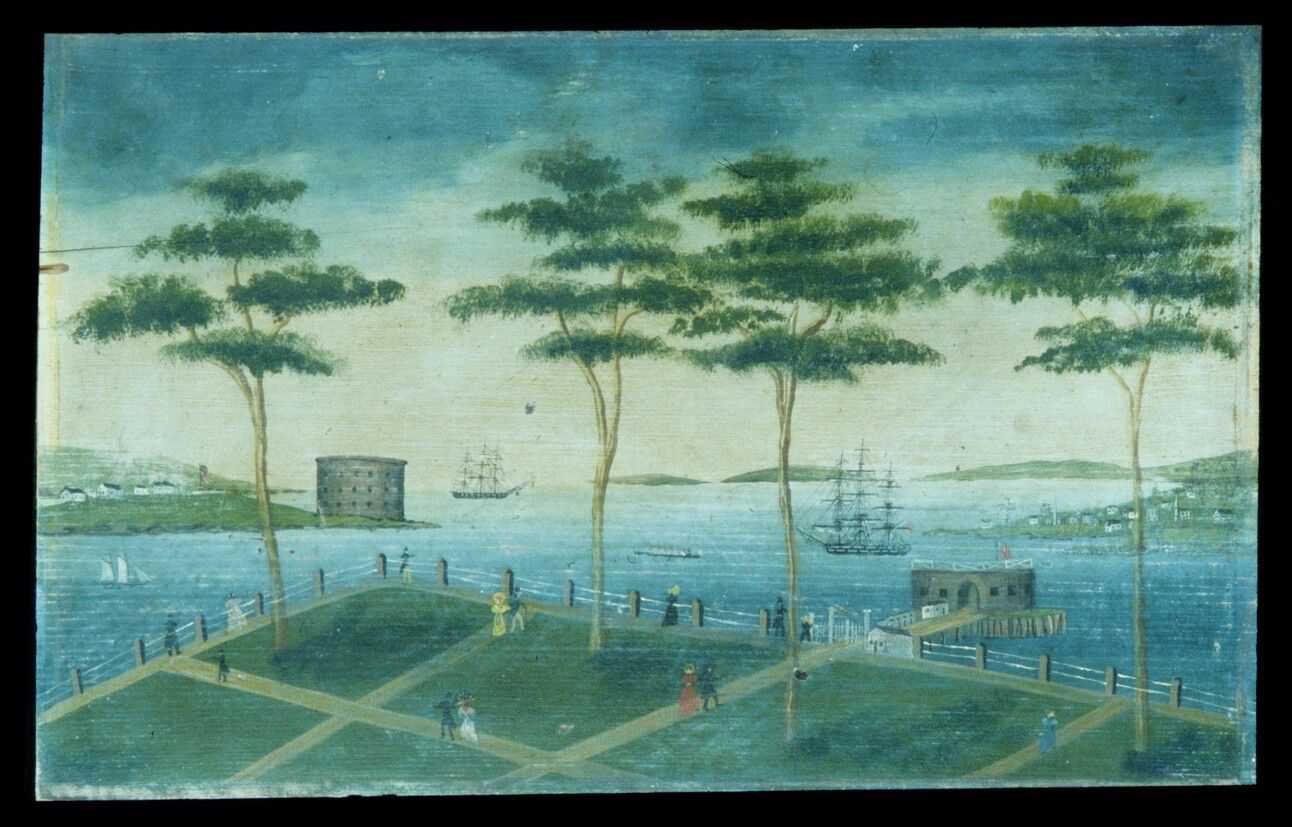Today’s advertiser is, once again, Authory, whose automated portfolio system I’ve subscribed to for years now. Although Beehiiv rules prevent me from asking or encouraging you to click on Authory’s ad, if you do click on it down below, of your own free will and according to your own moral principles, each click will earn me $2.
Last week, a submarine carrying 45 tourists sank in the Red Sea off the coast of Hurghada, Egypt. Six people died, but the other 39 were rescued. I can’t imagine how terrifying that must have been, to be stuck in a tube 80 feet down with water rushing in on me and no clear route of escape. But imagine it is all I can try to do, because I have never been in a submarine and have no desire ever to travel in one. Ditto helicopters. Whether or not they are safe, I’m just not interested in either the risk or the experience. Subs and copters: not on my bucket list!
To be clear, I have done and will continue to do wildly dangerous and stupid things when I travel. I go snowboarding. I’ll ride on the back of a motorbike, or go up in a homemade ultralight airplane. I eat anything that looks tasty. I talk to everyone. I stay out late. I put my trust in strangers. After 30 years of this, the fact that I’m alive is a miracle.
But I no longer have a travel bucket list: Sometime in the last 20 years, I managed to go everywhere and do everything I’d ever dreamed of, not to mention a whole lot I never even predicted. I’ve ridden horses through the mountains of Kyrgyzstan and camped at 10,000 feet in Montana. I’ve eaten home-cooked meals with Italian families in the hills of Abruzzo and taken a surfing lesson in Hawaii. I’ve hunted sambals across Indonesia, from Java to Sulawesi, and run with the fastest people on the planet in Kenya. In Tunis and Tangier, Chongqing and Rome, Istanbul and Buenos Aires, Phnom Penh and Paris, I’ve wandered aimlessly and ecstatically. I even went to New Zealand to fulfill every human being’s fantasy: eating a hobbit1.
I never set out to make a bucket list, however, or attempt to fulfill it. Back when I started traveling seriously, we didn’t even use the term bucket list. It may have been around for a long time, but it wasn’t until the movie The Bucket List came out in 2007 that it started to become a common phrase, and even then it took a while to shift from something that only old people composed to an idea with broad cultural relevance.
And now bucket lists are everywhere, for everyone. Need some ideas? Here’s 220 of them, from “Try skinny dipping” (no. 9) to “Take up archery” (no. 151). If that’s not enough, here’s 453 (!) more, including “Snowshoe above the Hakkoda Wall,” “Gamble in Monte Carlo,” and “Compete in the Death Race,” all of which sound like euphemisms for, well, I’ll let you use your imagination.
Kidding aside, these seem like incredible things to do, or to want to do. (I can vouch for skinny dipping.) It’s the list-making that I have issues with, beginning with the idea that you need to have a list at all. It feels superficial, for one: For the things you truly want to see and achieve, why should you need a list? Shouldn’t a pizza tour of Napoli or a hike through Patagonia occupy rent-free space in your mind without being reduced to a line item on a travel budget? The best adventures are those driven by obsession, those that begin months or years before you ever board a plane, when you’re Spotifying tango classics on endless repeat or asking your local library to stock up on postwar Japanese detective novels. Then, when you finally do make it to Gdansk or Lake Baikal or Wadi Rum, it’s the culmination of something deeply personal, an experience that helps make you more you. It’s too monumental to merely check off.
Bucket lists also feel fatalistic. Here you are mapping out a potential lifetime’s worth of destinations, activities, and accomplishments—a programmatic way of competing in your own personal death race. What happens if you fail to hit them all within your allotted time? And what happens if you succeed with decades left to go? What happens if you win the Death Race?
And that, {{ first_name | dear subscriber }}, is where I find myself today.
More after the highly clickable ad…
🪨
Writers, don’t let your work disappear!
Imagine losing years of articles because a site shut down. What would you do if all your work samples disappeared?
With Authory, that’s a nightmare you’ll never have to face. Authory automatically creates a portfolio that backs up everything you’ve ever written and will write, so your work is always safe.
That’s right: Authory finds and backs up all your past work and saves every new piece you publish, wherever they appear.
Join thousands of writers who already trust Authory to protect their work and never lose a piece again.
🪨
Look, I got lucky. Extraordinarily lucky! From 2004 to 2019, when I was a serious travel writer, I was able to go almost anywhere I wanted, to do almost anything I wanted. If I could dream it up and frame it as either fresh and newsy or simply a compellingly great adventure, I could persuade an editor to send me there. And that’s what I did for a very long time, traveling to 60 or 70 countries, until the business finally became untenable.
Of course, not every pitch became a story. I didn’t get to go snowboarding in Kashmir (too expensive to bring a friend). I didn’t get to do a road trip up a new highway from Thailand through Laos and Burma to China (too elaborate). I never made it to Australia (my editor kept going himself). And for some reason, no editor ever backed the plan to send me, Matt Gross, to the Brazilian state of Mato Grosso, with Matt Taylor-Gross accompanying as photographer. How did I fail with that one?!?
Almost none of those, apart from Mato Grosso, were obsessions, however—none were bucket-list-worthy. But a couple were. For years, I’d been a fan of the Malian photographer Malick Sidibé, whose work I’d first encountered while visiting Jean, my girlfriend (now my wife), in Paris in the late 1990s. There was something about his work from the 1960s and ‘70s that was so honest, so energetic, and so witty that, when I realized he was still operating his studio in Bamako, I began dreaming of bringing Jean and our kids there for a family portrait, but also as a way to understand the changes in Mali from its independence to its present. Alas, I could not convince a magazine to share that dream, and then Mali fell into chaos, and in 2016 Sidibé died. I would still like to visit Mali, but I can’t say why exactly—maybe as a kind of remembrance, or mourning, for opportunities missed.

In the summer of 2018, I took my last big writing trip, a monthlong jaunt from Jamaica to Hungary to Thailand for “How the Chile Pepper Took Over the World.” It was the culmination of a major obsession with chilies, and once it was done, so was I. Kind of. While I wanted, and still want, to produce a book-length version of that story, I no longer felt driven to seek out new destinations, new phenomena, new stories in the way I’d been doing for so many years. I’d kicked my bucket list. I neither made nor sought out ambitious stories. I booked no flights. I took a full-time job.
What was left for me to do now that I’d done all I’d wanted? “When a man is tired of London,” wrote Samuel Johnson, “he is tired of life.” Was I tired of life?
Maybe—but not exactly. That is, I had tired of the life of a traveler. But what I didn’t know was that I was about to embark on the afterlife of a traveler.
In my life, I had sought novelty, excitement, experiences that I had never had and that few indeed had ever had. I needed to explore, to dig, to discover, because if it was new to me, I could make it new to my readers—to the world. I may not have been making a list, but I was checking things off.
In my afterlife, however, I seek familiarity. My family and I return again and again to Vermont, for example, to go skiing and to hike, to eat doughnuts and good cheese, to see the same state from slightly different angles with each passing year. I look forward to (re)visiting Japan, where I can check out my favorite bar and my favorite clothing store and see all the friends I miss so much. I hope, too, to return to Italy and Vietnam and France, each of which I’ve visited more times than I can count; there’s nothing in particular I want to do except to be there, to continue to experience these places that I feel like I know well but whose surfaces I’ve barely begun to penetrate. Because familiarity is the gateway to depth, to strengthening a connection between myself (and my family) and these faraway places that continue to call out to us. In my life, I went wide; the afterlife is my opportunity to go deep, and that’s something that can’t be—that shouldn’t be—rushed.
Two weeks from today, I will be in Ann Arbor, Michigan, visiting the university campus with my 16-year-old daughter, Sasha. I’m looking forward to the trip not just because it’s part of a full weeklong vacation but also because it will mark my very first time in Michigan, one of just two states I’ve never set foot in. Somehow, in all my roaming, I just never made it there, though certain details have lodged in my mind, from the old Calvinist families of Grand Rapids to the deep woods of the Upper Peninsula.
In preparation for this trip, however, I will do nothing. These days my opportunities for surprise are rare, and I want to remain open to discovering for myself a million billion things that everyone else already knows about. (Yes, yes: Zingerman’s.) And in all likelihood, you’ll find me writing about the adventure right here, not because I want to help anyone navigate the state but because I’ll need to share with you what it’s like, after all these years and all these miles, to see something new.
And after that, one of these days: Alaska. 🪨🪨🪨
Read a Previous Attempt
1 It may very well have been lamb.




